Of the one million identified insect species worldwide, less than 1% are considered true pests. Those pest insects are either harmful to us, to our food crops, or to our homes. They can also cause aesthetic damage. To break it down further, there are only a dozen or so insects that most people dread – the insects that ‘want to suck our blood’. If requiring a blood meal to survive wasn’t bad enough, many of these insects can vector diseases between animals and humans through their bite.
THE MOSQUITO
Scientific Name: Aedes, Culex, and Anopheles spp.
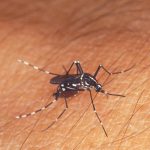
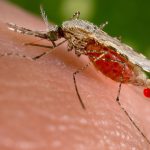
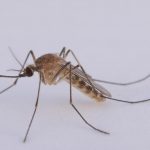
How they spread disease: Disease is spread through saliva that is secreted when the mosquito bites. Only the female mosquito bites. She requires the protein in the blood to develop her eggs. All three of these species are know vectors for diseases such as Zika, Malaria, Dengue Fever, Yellow Fever, Chikungunya, and West Nile virus. Mosquitoes are also vectors for equine encephalitis.
Where they are found: Different mosquitoes are out at different times of the day. Some mosquito species are out early morning, others during the heat of the day, and some out in the late evening. All mosquitoes require water to complete their lifecycle. Some only need a bottle cap of water to lay their eggs while others require a larger body of water such as a wetlands or lake environment. Where there is water -mosquitoes will be lurking.
BITING MIDGE
This insect is a small fly that is also referred to as a no-see-um or a sand fly.
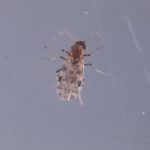
Scientific Name: Family Ceratopogonidae
Where they are found: These tiny flies can be found around water such as coastal lagoons, estuaries, mangrove swamps, and tidal flats. The adult female feeds on blood which is necessary for egg development. They are active during dusk and dawn when there is little to no air movement.
FLIES
Black Fly
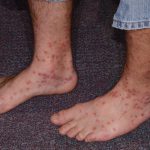
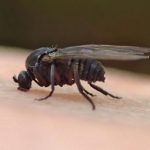
Scientific Name: Family Simuliidae
Where they are found: The Black fly is a little larger than a midge and found around rivers and streams. It has a humpback appearance and the females feeds on the blood of livestock, wildlife, and birds as well as people.
Horse Fly and Deer Fly
Scientific Name: Tabanus spp. (Horse fly) and Chrysops spp. (Deer fly)

The horse fly is quite robust ranging in size between 0.75” to 1.25” inches long and has clear or solid colored wings. The Deer fly is smaller with dark bands across its wings.
Where they are found: They are found around ponds, streams, urban environments, and agriculture facilities. They are active during the day and attracted to movement, shiny surfaces, carbon dioxide, and warmth. They can be a serious nuisance to swimmers in or around swimming pools. The females of both species require a blood meal for egg development and will feed on large mammals, humans, birds, and reptiles. Their bites can be extremely painful.
Stable Fly
This fly is also called a beach fly, dog fly, lawnmower fly, and biting house fly
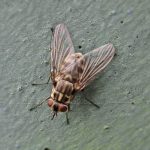
Scientific Name: Stomoxys calcitrans
Where they are found: . It can be found flying around barns, animal pens, and shade trees. This is the only blood-sucking fly where both the female and the male feed on blood. They are daytime fliers and feed on livestock and pets as well as humans.
How to protect yourself from mosquitoes and flies
- wear light-colored long sleeves and long pants when outdoors
- Use an EPA registered insect repellent such as DEET, Picaridin, or Permethrin-based repellents (for use on clothing only). Be sure to always read the label before use.
- Empty out any standing water around your home (buckets, flower basins, tarps, old tires, etc.)
- A neckerchief, neck veil, or hat with mesh face can be useful if insects are numerous and/or persistent.
Additional information can be found at:
The Center for Disease Control and Prevention (the CDC):
UF/IFAS Featured Creatures:
- Biting midge, Culicoides spp.
- Black flies, Simulium spp.
- Deer flies, horse flies, and yellow flies
- Stable fly, Stomoxys calcitrans
Photo Credits:
J. Castner – Aedes spp., Horse and Deer fly
L. Buss – Culex spp., biting midge, black fly bites
 0
0
